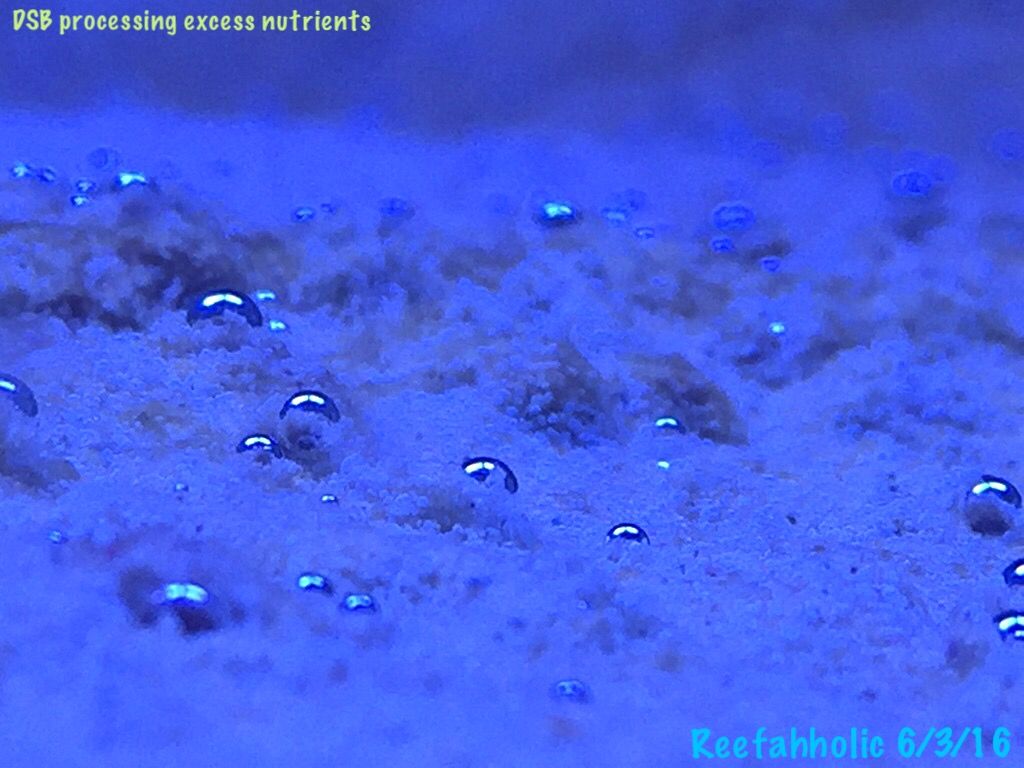- Joined
- Oct 9, 2019
- Messages
- 291
- Reaction score
- 112
I think we are way passed a DSB. People might have good experience with it and if so, don't change a winning team but I think these days people wouldn't use any DSB anymore especially newer reefers since there are way more ways to get the same result and way more efficient.





















